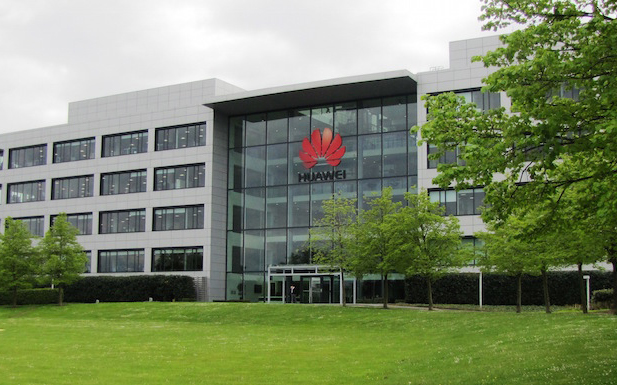Huawei has joined the MulteFire Alliance with a specific remit to test the technology’s applications for enterprises and the IoT market.
It said MulteFire “promises LTE-like performance with Wi-Fi-like deployment simplicity”, and would help industrial customers reduce investment costs on network deployment, operation, maintenance, personnel training, and other aspects.
The Chinese vendor will contribute to the alliance’s marketing and technical specification groups, sharing “application scenarios” in the former, and focusing on broadband mobility and coverage improvements in the latter.
It said it would also help the MulteFire Alliance launch an IoT technical scheme.
“Huawei hopes to formulate a detailed standards rollout schedule and promote the study of viable solutions that may compete with the standard solution from the perspectives of air interface, network architecture, and automatic network operations and maintenance,” the company said in a statement.
“Huawei will not relinquish any efforts in the pursuit of advancing the growth of the E2E MulteFire industry chain and play an active role in the construction of MulteFire certification system. This is accompanied with a strict commitment and dedication as to the verification and promotion of MulteFire technical standards.”
MulteFire is an LTE-based next-generation cellular technology that operates only on unlicensed spectrum.
Other MulteFire Alliance members include Qualcomm, Nokia, Ericsson, Intel and Cisco. Neul, Huawei’s chipset division, joined in June, with Liberty Global and R&D company CableLabs following up in September.
Device compatibility was cited as the technology’s biggest obstacle at SCWS World in May. James Body, Head of Research and Development at MVNO Truphone, told the event: “Until this technology is adopted in iPhones or high end Android smartphones, you are not going to see high levels of take up.”


